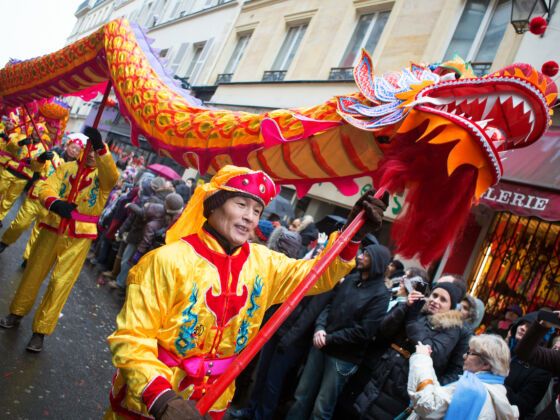MAY IS Asian-Pacific American Heritage Month, commemorating the arrival of the first Japanese immigrants in the United States in 1843 and the completion of the transcontinental railroad in 1869, which was built largely with Chinese labor.
To celebrate, here are a few museums and historic sites where you can learn more about one of the country’s fastest-growing racial groups.
